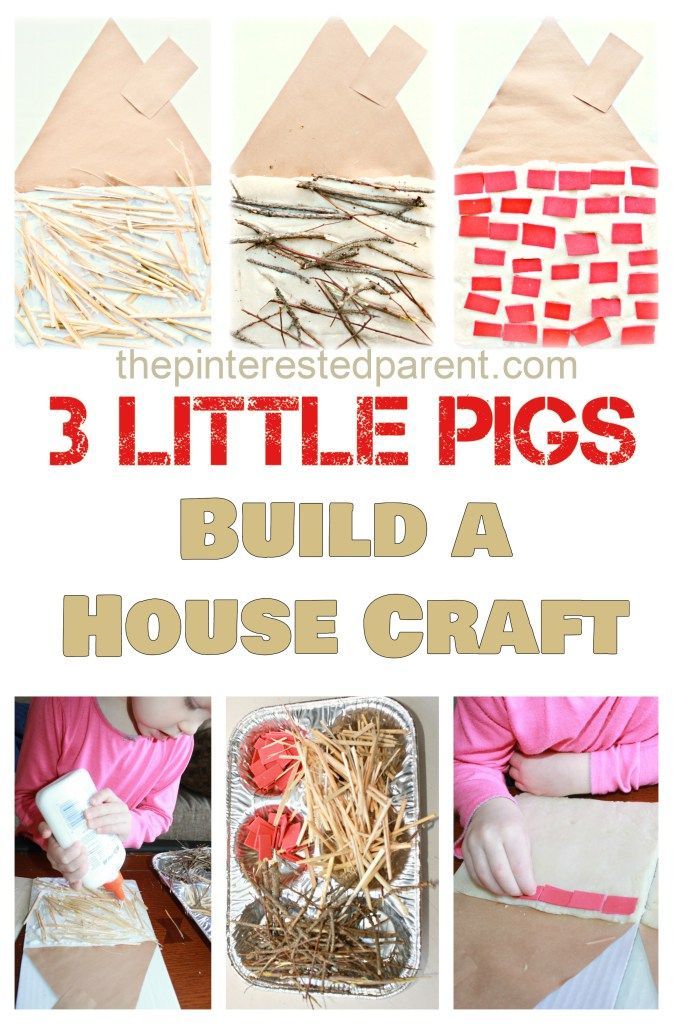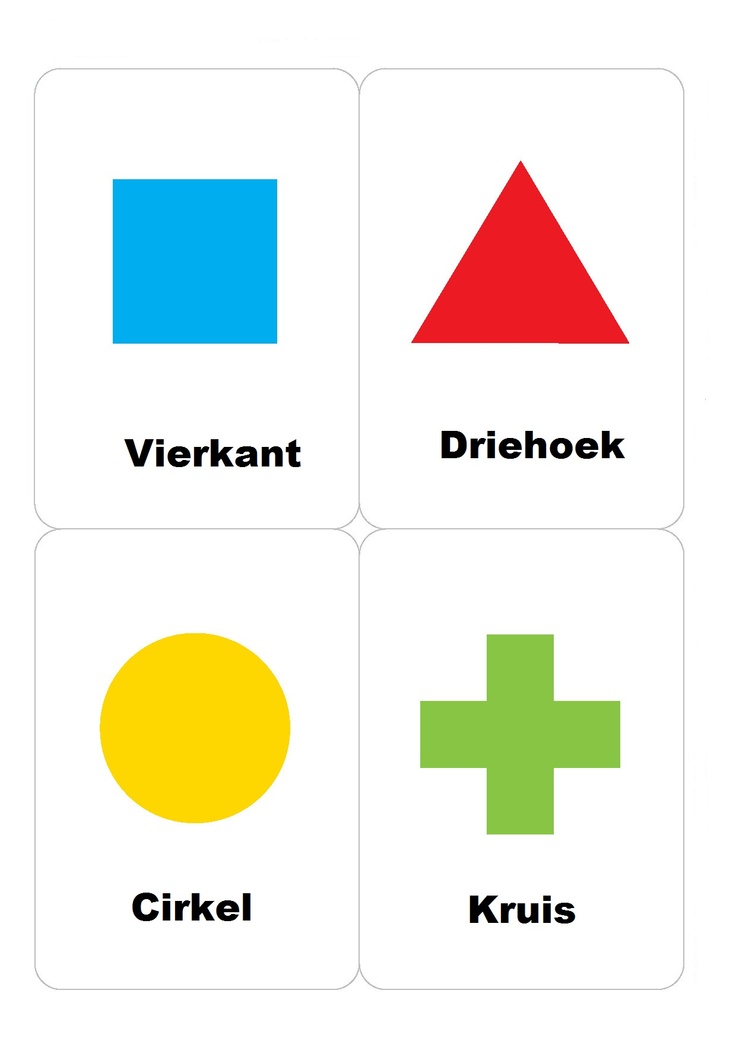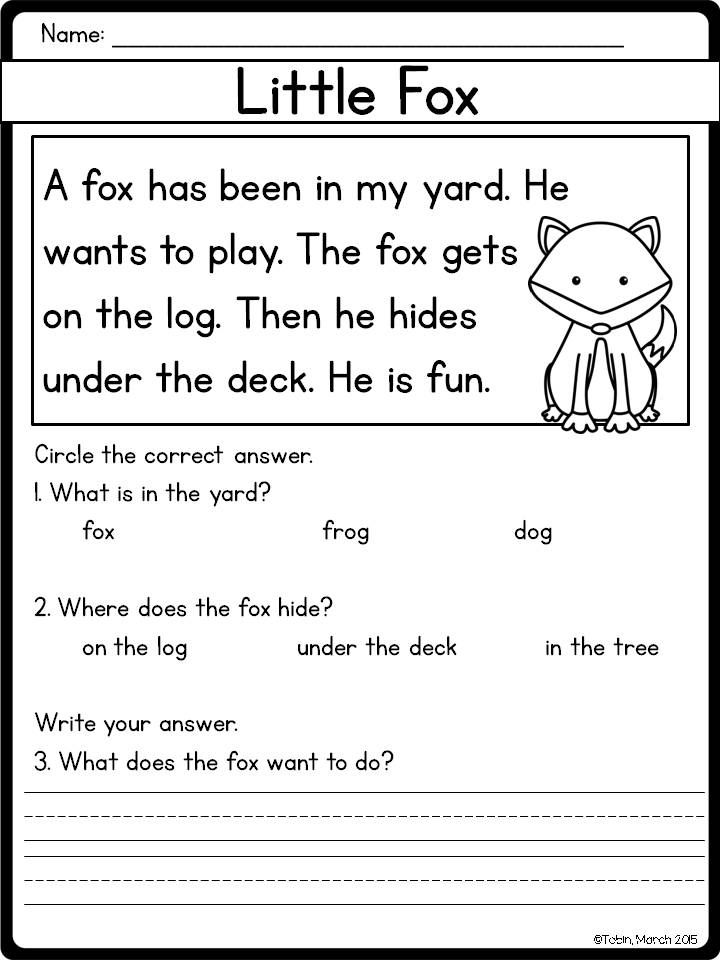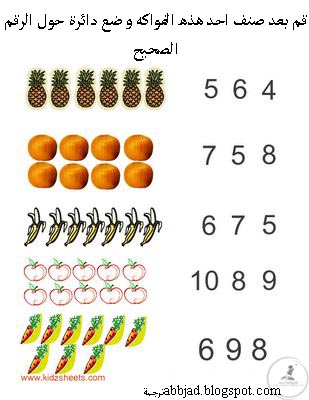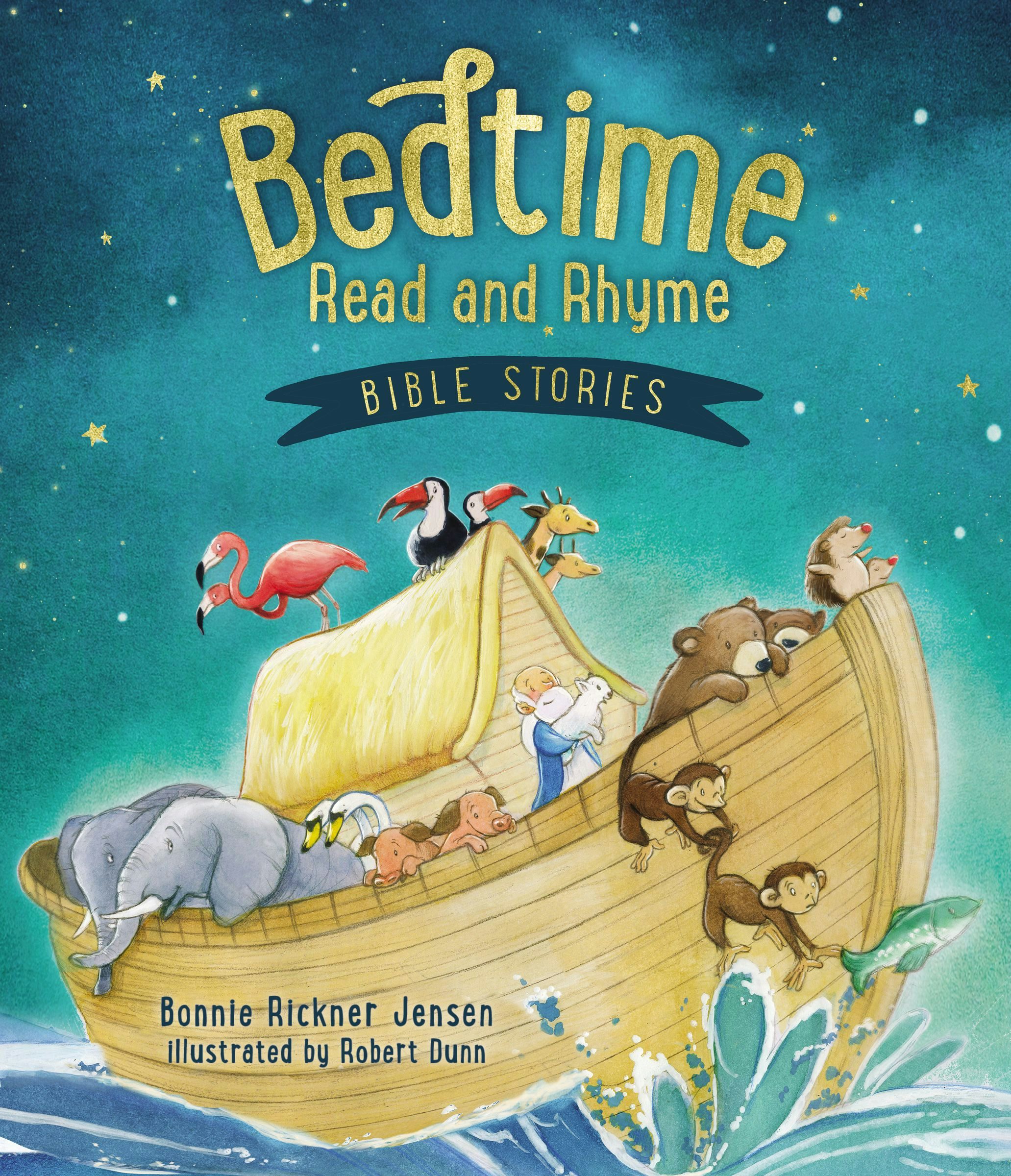Algebra for 1st graders
The Most Important Math Concepts Kids Learn In 1st Grade
Your child has progressed from kindergarten to first grade. That’s exciting news! There is so much learning to come their way, especially from their first grade math class.
Math skills and concepts build on each other from grade to grade, which is why children need to get a firm foundation so they can handle the more complex challenges as they progress in school.
As a concerned parent, you might be wondering what some of these mathematical concepts will be and, more importantly, how you can help your child master them. You don’t have to figure it out on your own.
Here, we will give you a breakdown of what to expect from your child’s math class. We’ll also add a few tips on how to help your young learner thrive through it all.
Let’s get started!
Why Is Math Important?
Math is taught in the classroom, but that doesn’t mean that’s the only place it’s relevant. We use it every day!
From the hexagonal bee combs to the circles, semi-circles, and crescents of the phases of our moon, mathematics is an essential part of the world we live in, and learning it helps us make sense of everything around us.
Did you know that math skills can also be linked to music? Children who play musical instruments use the same part of the brain when doing math. This is why studies have shown that music students do better in mathematics than their non-musical peers.
Sports and mathematics also have an interesting connection. Just think about all the coordination involved in performing well in certain sports. Research has shown that these skills can also be used to learn math.
In addition, mathematics helps us be stronger logical thinkers. Since most young kids tend to enjoy math time, it’s essential to foster this natural love for the subject just as much as we want to encourage children’s love for reading.
Helping children develop a love for mathematics generally works well when approached actively as a problem-solving skill rather than a rote memory task. Math helps children thrive in various aspects of their lives.
So, how do we get there? It all starts with the foundation.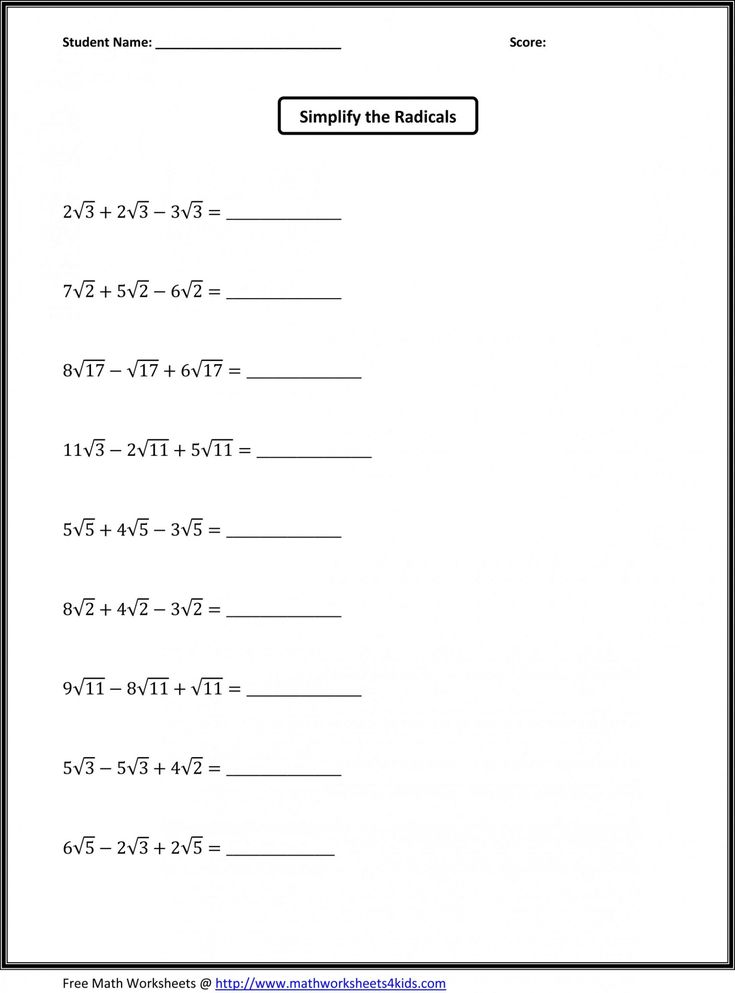
Below are the key first grade math concepts your child will soon learn and some tips on how you can support them on their journey.
8 Important First Grade Math Concepts
1) Numbers And Counting
At first grade level (and for the next few years in school), learning different numbers and counting will form a significant part of your child’s mathematics lessons.
By the end of the first grade, your child will have learned to:
- Count and write numbers from 1 to 100
- Count by 1s, 2s, 5s, and 10s
- Count backward
- Count onward from any number
- Count backward from any number
There are different ways to help your child grasp numbers and counting at home, and hands-on activities work best.
An effective strategy is to help your child visualize what all these numbers mean. For example, instead of just memorizing the numbers, they can count bears, large dried beans, or even craft sticks.
2) Addition And Subtraction
In first grade math, your young learner will start adding and subtracting numbers up to 30.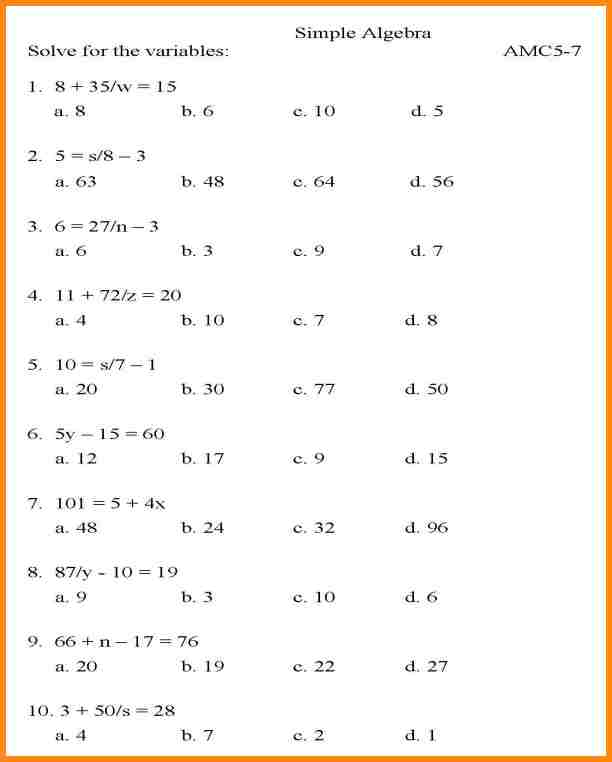 They will also solve basic word problems with the help of drawings, objects, and equations.
They will also solve basic word problems with the help of drawings, objects, and equations.
By the end of the first grade, your child will have been shown how to:
- Add three one-digit numbers
- Write and show an understanding of the mathematical symbols (+, -, =)
- Solve problems involving one and two-digit numbers
- Solve problems involving an unknown. For example, 1 + _ = 4
Addition and subtraction are two math skills that can be demonstrated in everyday life situations. This makes it relatively easy to practice at home!
For instance, you might ask, “If you have two teddy bears and granny buys you three more, how many teddy bears will you have in total?” Or, “There were six strawberries in the fridge. Daddy ate some strawberries. There are now four left. How many did daddy eat?”
3) 2-D Shapes
During pre-k, children get introduced to different shapes. In first grade, they will continue to extend their understanding of them.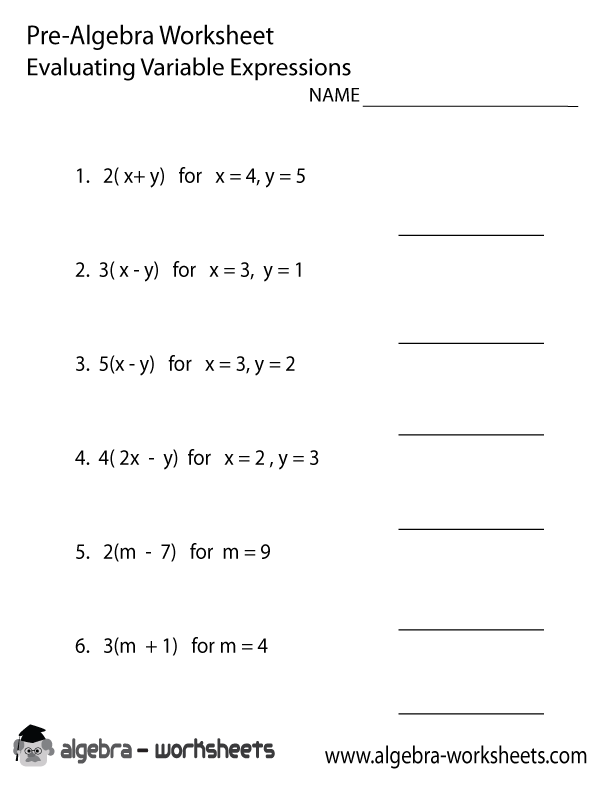
By the end of the first grade, your child may be able to:
- Examine the attributes of different shapes (number of sides, faces, etc.)
- Name the 2-D shapes
To help your child grasp these shapes at home, continue to point out and name the 2-D shapes in the world around you (circles, triangles, pentagons, etc.).
When doing so, remember to always highlight the attributes (e.g., this book has four equal sides, so it’s a square).
4) Sorting And Patterns
Understanding and sorting patterns also forms a part of first grade math.
Your first grader will learn to:
- Sort different objects by attributes such as color, shape, and function. For example, sorting a mixed group of blocks so that the red, blue, green, and yellow blocks are separated.
- In addition, if these blocks are placed in a pattern (e.g., green, yellow, green, yellow, etc.), your child should be able to both predict which color will come next and create their own identical pattern.
 This skill will help develop your child’s logical thinking.
This skill will help develop your child’s logical thinking.
Continue to allow your young learner to play with fun building blocks and create their own patterns to help them master this skill.
5) Fractions
Montessori material. Children’s hands. The study of mathematics School and kindergarten. Whole and part. FractionsAs a first-grader, your child will be introduced to fractions as equal shares and basic fractions such as ½, ⅓, and ¼. For children to fully grasp these concepts, it’s essential to keep things intuitive.
For example, you can start by helping them understand that a half is two equal parts, a third is three equal parts, and so forth. They also need to understand that although three is bigger than two, ⅓ is smaller than ½.
Fractions can be tricky for kids to learn, which is why it’s important to use practical and everyday items.
For example, you can help your young learner examine the fractions of a full pizza. Then, as you divide the pizza into different slices, talk about the parts that you’ve created from the whole.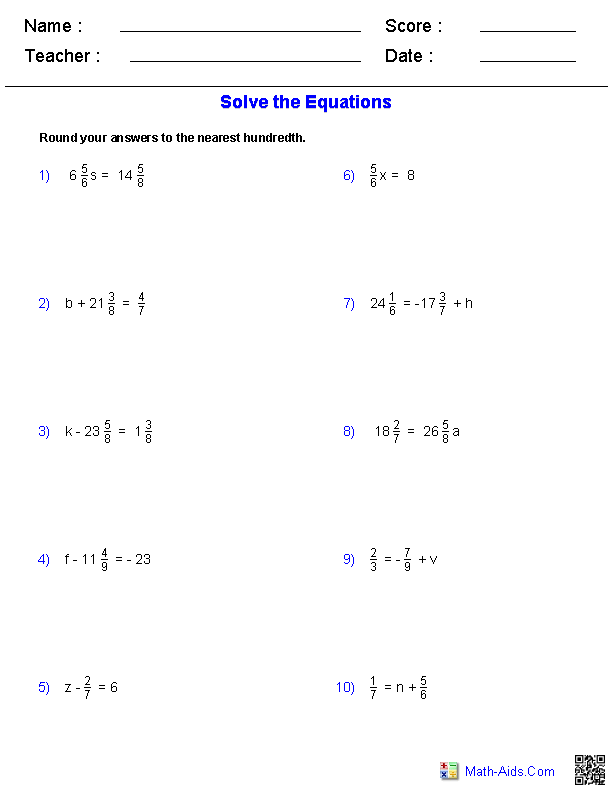
The concept of equal shares can also be demonstrated from one object and a group. For instance, you can have ½ of a single item (e.g., ½ of a cookie), or you can have ½ of a group of objects (e.g., ½ of four cookies is two cookies).
6) Number Place Values
With all the counting in first grade math, your child will naturally be introduced to the concept of place values. For instance, understanding that in the number 288, the 2 is worth 2 “hundreds” (or 200).
There are various activities you can do at home to help your young learner with this concept, including:
- Using number lines
- Base ten blocks
For more ideas to help with number place values and other 1st grade math concepts, take a look at the book Games for Math: Playful Ways to Help Your Child Learn Math, From Kindergarten to Third Grade by HOMER’s very own Peggy Kaye.
7) Time
Telling time (both digital and analog) is an important life skill that kids learn from first grade.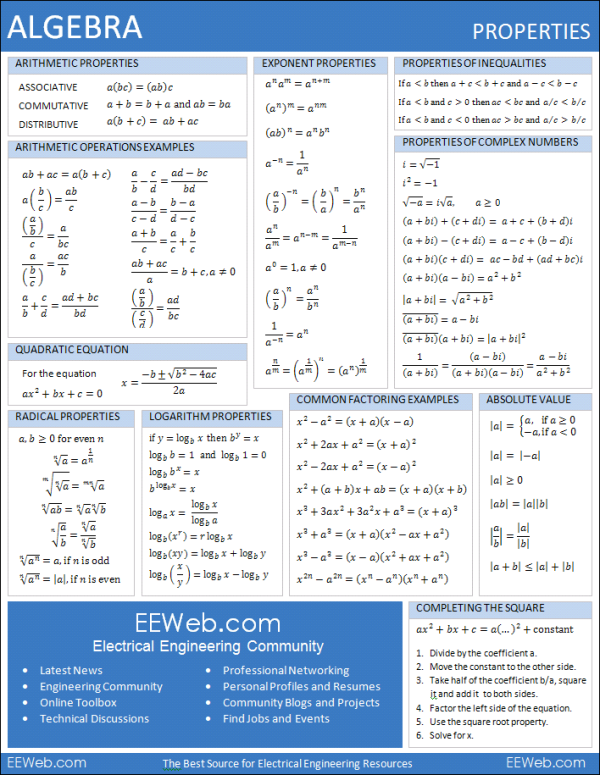 The concept of elapsed time will also be introduced at this stage.
The concept of elapsed time will also be introduced at this stage.
In first grade math, your child will learn to:
- Tell time to the nearest hour, half-hour, and quarter-hour (sometimes even to five minutes)
- Make the connection between time and events (e.g., shorter, longer, after, before)
Understanding the analog clock can be tricky for a child who’s only exposed to digital clocks. So help your young learner by buying one (or making one for learning) to hang up at home.
You can then speak to your child about what it means when the hands move. To make things easier, start by helping them tell time to an hour and half-hour before progressing to quarter-hours.
8) Measurements And Comparisons
First grade math also involves some measuring and unit comparisons.
Your child will learn how to measure using a ruler and, after taking measurements, compare and order objects by length. First-graders will also learn how to compare the weights and volumes of different objects.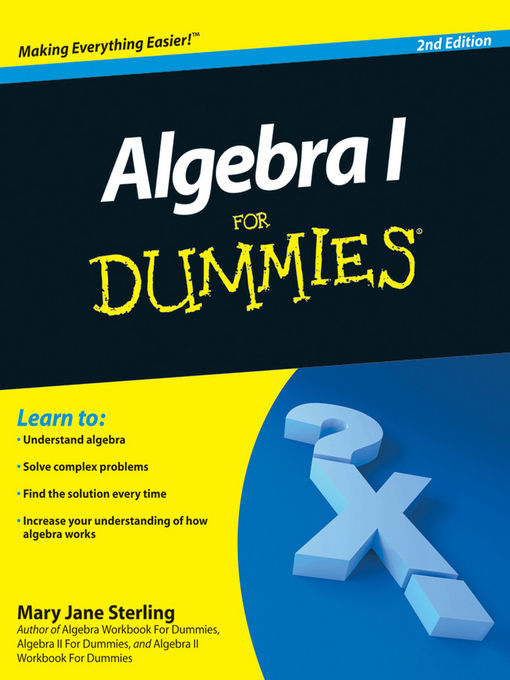
To help your young learner at home, keep rulers nearby and take measurements together of some of the objects they love (e.g., stuffed toys, cookies, etc.).
Bonus tip: If you’re a regular baker, why not help them see how you use measuring tools to create their favorite treats? Yum!
Helping Your Child With First Grade Math
We’ve already mentioned a few ways in which you can help your first grader with math at home. In addition to the above, playing math games is a fun and easy way to practice math at home!
Here are some examples of more math activities your young learner will enjoy at home:
- Fill in a number grid puzzle
- Build objects with legos and measure
- Number Hunt, Hopscotch, Is It A Number, and Find A Number
Math Is All Around Us
Helping your child grasp first grade math concepts at home is easier when you focus on the fact that mathematics is a part of our everyday lives. It is in the shape of road signs, the parts of sliced pizza, and even the watches on our wrists!
Sometimes kids (and parents) forget that math can be lots of fun.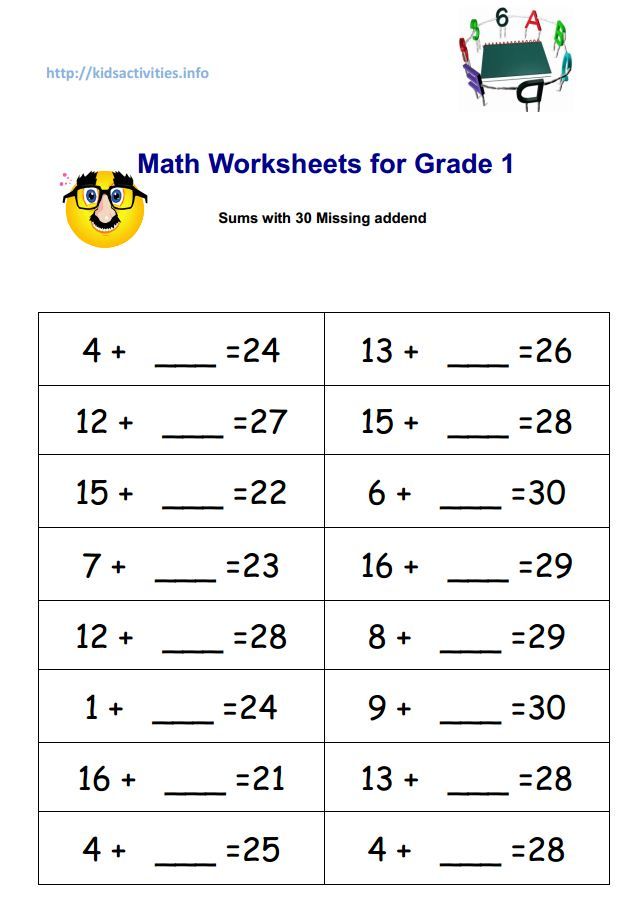 So whenever you can, incorporate games and activities to bring a little excitement to all the learning.
So whenever you can, incorporate games and activities to bring a little excitement to all the learning.
Will this help your child become our next best mathematician? Only time will tell. But one thing is for sure — all of the great mathematicians started somewhere. Even Isaac Newton had to master first grade math!
For more ideas and inspiration, visit the HOMER Learn & Grow app.
Author
Algebra in First Grade?! | mscastillosmath
Posted in Math by Catherine Castillo
One of my favorite sites for promoting mathematical discourse and allowing students to see patterns and connections in mathematics is Fawn Nguyen’s ww.visualpatterns.org.
I first learned of this website from a Twitter chat that I regularly participate in and couldn’t wait to try it out with my students. I decided to try it out in our small groups and simply ask students the following questions:
- What do you notice?
- What do you wonder?
- What do you think will come next in the pattern? Can you draw it?
- Explain your thinking.
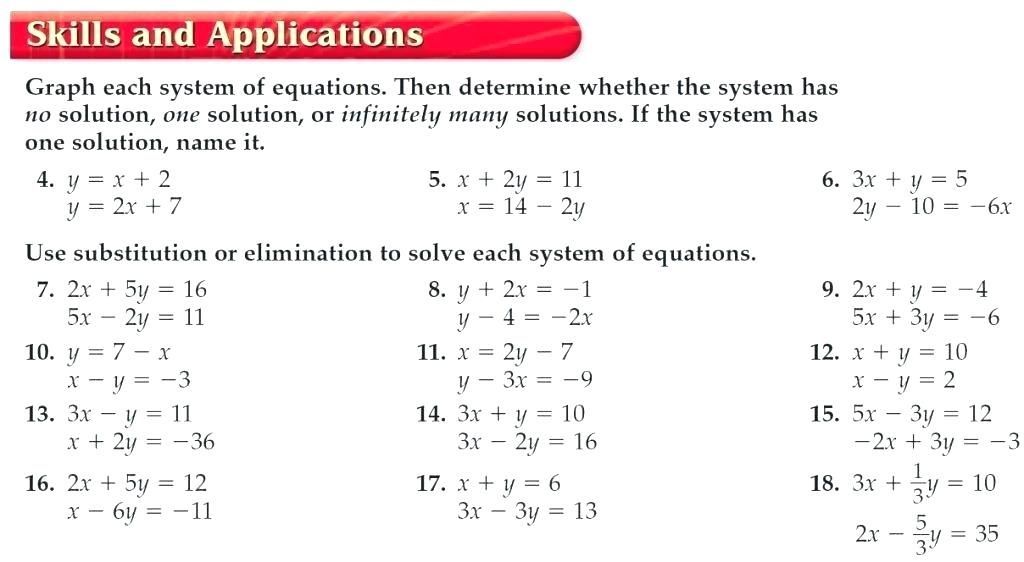
It didn’t take long for the room to be full of chatter around the task. The website quickly became a favorite and students would ask me throughout the day if we would be using it in small group.
In my opinion, the greatest challenge in teaching today is student motivation…and if you can find that magical tool that combines deep conversation, connections to mathematical concepts AND your students are excited about participating…you run with it for as far and long as you can!
One thing that I have noticed about students over the years is when they understand, when they TRULY understand a mathematical concept, they are eager to share their learning with others if given the chance to do so in a creative way.
The interesting part is that many times my students who are reluctant to share at first aren’t students who struggle with a math concept, they are students who understand the concept, but don’t want to be singled out by a teacher who always calls on them.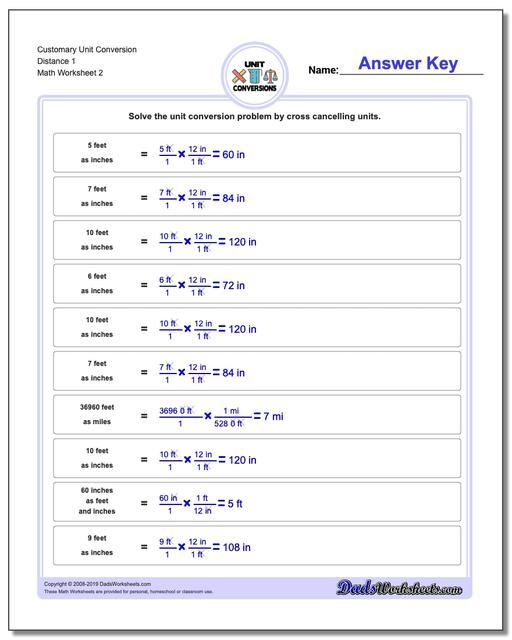 They have come from classrooms that value answers and they have already lost their excitement for learning.
They have come from classrooms that value answers and they have already lost their excitement for learning.
However, if we stop making mathematics about answers and start making it about problems that can have creative solutions, those students are just as excited to share as others because they get to show what they really care about…who they are and what they have to offer the group; Not a one word answer to someone else’s problem.
One of the many great things about Fawn’s website is that the tasks are low floor, high ceiling. Every student in the classroom can enter the task and begin talking about the mathematics they see. Look at this example. Each student in my classroom could count the number of objects, tell me what shapes they were, notice that there were more each time, etc. and the students who needed a challenge could easily set to work figuring out what the 7th image would look like while the rest of the students continued their conversations. It really is beautiful to see. Everyone working on the same task and every conversation a little different.
It really is beautiful to see. Everyone working on the same task and every conversation a little different.
During this particular task I heard:
“No the fourth shape would have four on the bottom row because each time they added a row to the bottom with one more”
“They just added one more to each row.”
“There is 1 triangle in the first one and 3 in the second one…”
And students couldn’t wait to get up and explain their thinking to their peers. They even established ways to label their thinking to make it more clear to each other.
The amazing thing about these tasks is that they are giving students the opportunity to see patterns and relationships between numbers in a visual way so that they can create connections between concepts.
Math classrooms should be creative spaces for students to explore, connect, argue and explain. Places where students can be engaged in problems that are exciting and stimulating.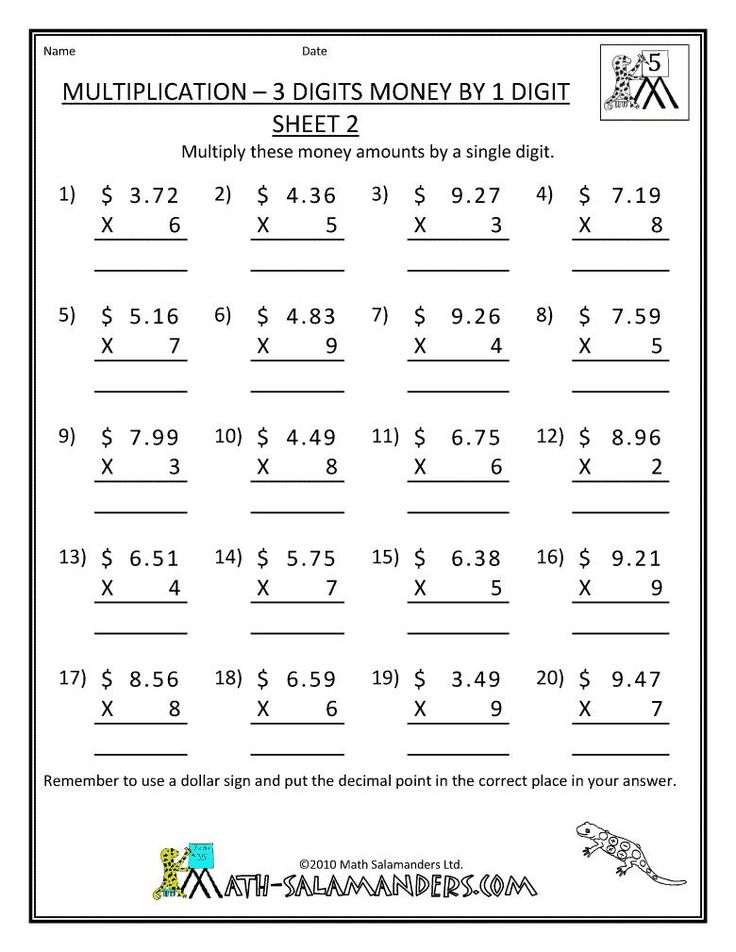 When I find a resource that can support that goal, it’s a win!
When I find a resource that can support that goal, it’s a win!
Like this:
Like Loading...
Leave a commentAlgebra tutors in Ivanovo
11761
The site Repetit.ru has a database of experienced tutors in algebra. Classes will be useful for those who want to improve their knowledge, eliminate gaps in knowledge and prepare for university entrance. When choosing a teacher, pay attention to the professional achievements of teachers, lesson prices and student reviews.
Expand
Popular categories of math tutors: Preparation for the exam Preparation for the OGE (GIA) School course Tutors at home Skype lessons Higher Mathematics
Found 11761 tutors
Reset filters
Julia Konstantinovna
school teacher Experience 16 years
from 1,000 rubles / hour
freeAlena Sergeevna
Professor Experience 20 years
from 800 rubles / hour
freeSofia Alexandrovna
school teacher Experience 5 years
The tutor has a video presentation watch video presentation
from 1,100 rubles / hour
freeTatyana Borisovna
Private teacher Experience 46 years
from 700 rubles / hour
freeDaria Andreevna
Private teacher Experience 3 years
from 2,000 rubles / hour
freeAlexey Gochevich
Student Experience 4 years
from 400 rubles / hour
freeGayane Vachaganovna
Private teacher Experience 31 years
from 500 rubles / hour
freeIrina Vladimirovna
school teacher Experience 19 years
from 600 rubles / hour
freeAndrey Vladimirovich
Private teacher Experience 30 years
from 700 rubles / hour
freeAnastasia Nikolaevna
Student Experience 4 years
from 600 rubles / hour
freeAlgebra tutor reviews
I would like to thank Tatyana Mikhailovna for her professionalism, she explains very competently and intelligibly. I immediately found an approach to my son, I easily understood the topics. We also continue to study with a tutor. I recommend to everyone.
I immediately found an approach to my son, I easily understood the topics. We also continue to study with a tutor. I recommend to everyone.
Maria is a competent, polite, positive and kind teacher. Each lesson takes place in a friendly atmosphere, so the child is not afraid and is happy to do it. Maria professionally conducts classes in the main subjects of education. Punctual, always ready to go.
My son has been studying with Ella Georgievna since September (preparation for the USE). The teacher competently conveys the material, some moments the son says he understood only after Ella Georgievna's explanations. The main review will be only after passing the exams.
- Moscow and Moscow region
- St.
 Petersburg and Leningrad region
Petersburg and Leningrad region - Abakan and the Republic of Khakassia
- Anadyr and Chukotka Autonomous Okrug
- Arkhangelsk and Arkhangelsk region
- Astrakhan and Astrakhan region
- Barnaul and Altai Territory
- Belgorod and Belgorod region
- Birobidzhan and Jewish Autonomous Region
- Blagoveshchensk and Amur Region
- Brest and Brest region
- Bryansk and Bryansk region
- Velikiy Novgorod and Novgorod region
- Vitebsk and Vitebsk region
- Vladivostok and Primorsky Krai
- Vladikavkaz and Rep.
.gif) North Ossetia Alania
North Ossetia Alania - Vladimir and Vladimir region
- Volgograd and Volgograd region
- Vologda and Vologda region
- Voronezh and Voronezh region
- Gomel and Gomel region
- Gorno-Altaisk and the Republic of Altai
- Grodno and Grodno region
- Grozny and Republic of Chechnya
- Yekaterinburg and Sverdlovsk region
- Ivanovo and Ivanovo region
- Izhevsk and the Udmurt Republic
- Irkutsk and Irkutsk region
- Yoshkar-Ola and the Republic of Mari El
- Kazan and the Republic of Tatarstan
- Kaliningrad and Kaliningrad region
- Kaluga and Kaluga region
- Kemerovo and Kemerovo region
- Kirov and Kirov region
- Kostroma and Kostroma region
- Krasnodar and Krasnodar Territory
- Krasnoyarsk and Krasnoyarsk Territory
- Mound and Kurgan region
- Kursk and Kursk region
- Kyzyl and Republic of Tyva
- Lipetsk and Lipetsk region
- Magadan and Magadan region
- Maykop and the Republic of Adygea
- Makhachkala and the Republic of Dagestan
- Minsk and Minsk region
- Mogilev and Mogilev region
- Murmansk and Murmansk region
- Nazran and Republic of Ingushetia
- Nalchik and Kabardino-Balkarian Republic.
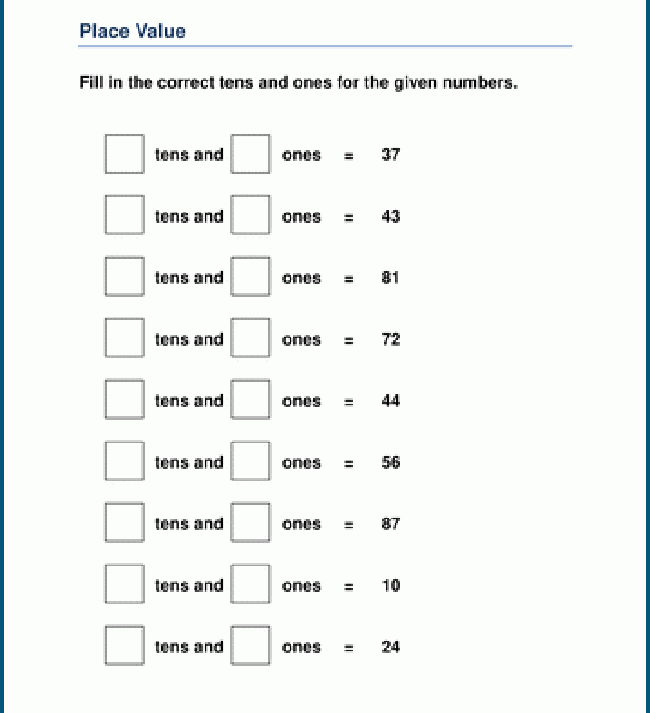
- Naryan-Mar and Nenets Autonomous Okrug
- Nizhny Novgorod and Nizhny Novgorod region
- Novosibirsk and Novosibirsk region
- Omsk and Omsk region
- Eagle and Oryol region
- Orenburg and Orenburg region
- Penza and Penza region
- Permian and Perm region
- Petrozavodsk and Republic of Karelia
- Petropavlovsk-Kamchatsky and Kamchatka
- Pskov and Pskov region
- Rostov-on-Don and Rostov region
- Ryazan and Ryazan region
- Salekhard and Yamalo-Nenets Aut.
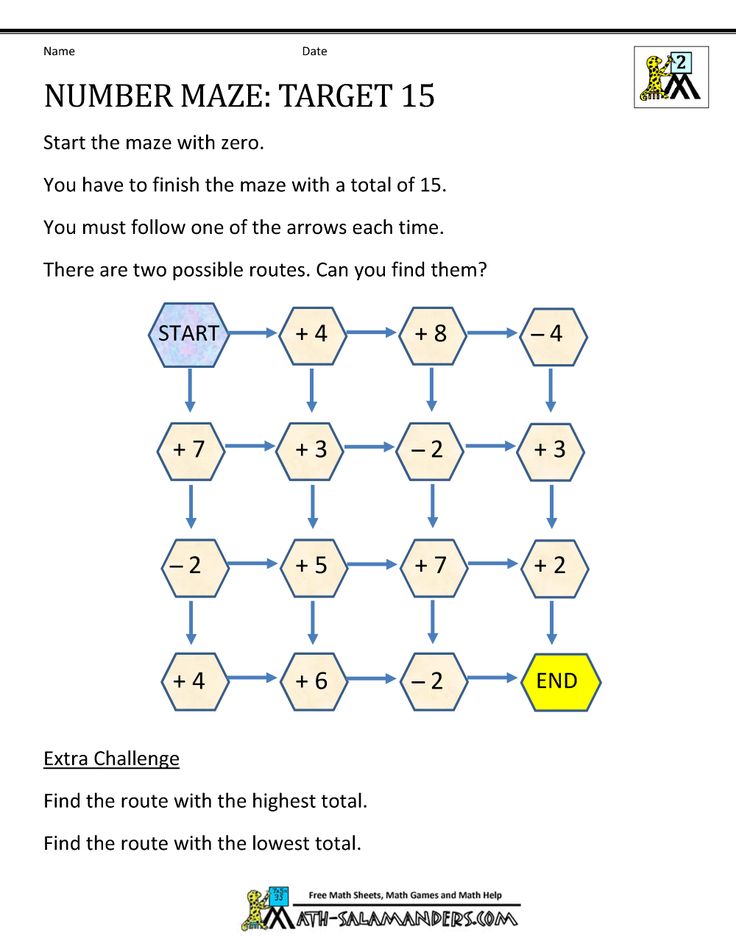 county
county - Samara and Samara region
- Saransk and Republic of Mordovia
- Saratov and Saratov region
- Sevastopol
- Simferopol and Republic of Crimea
- Smolensk and Smolensk region
- Stavropol and Stavropol Territory
- Syktyvkar and Komi Republic
- Tambov and Tambov region
- Tver and Tver region
- Tomsk and Tomsk region
- Tula and Tula Region
- Tyumen and Tyumen region
- Ulan-Ude and Republic of Buryatia
- Ulyanovsk and Ulyanovsk region
- Ufa and Republic of Bashkortostan
- Khabarovsk and Khabarovsk Territory
- Khanty-Mansiysk and Khanty-Mansiysk Aut.
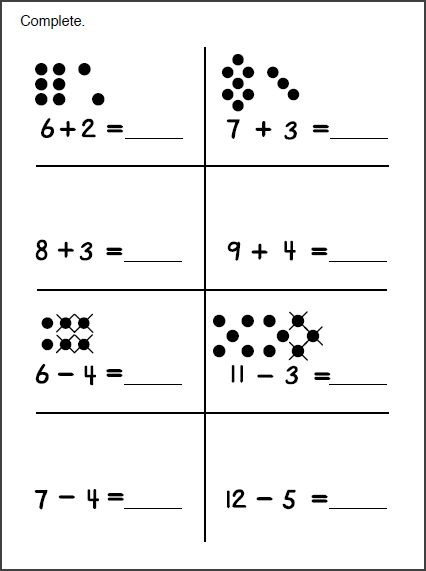 county
county - Cheboksary and Chuvash Republic
- Chelyabinsk and Chelyabinsk region
- Cherkessk and Karachay-Cherkess Republic.
- Chita and Trans-Baikal Territory
- Elista and the Republic of Kalmykia
- Yuzhno-Sakhalinsk and Sakhalin Region
- Yakutsk and the Republic of Sakha (Yakutia)
- Yaroslavl and Yaroslavl region
- Cities of Russia and abroad
tasks for counting and logic
Actual
Table of Tables- How to teach a child to mathematical account
- Tasks for Putting for first -graders
- Option 1
- Option 2
- Option 3
- Option 4 9013
- Option 1 9011 Option 3
- Option 4
- Comparison tasks for first graders
- Logic tasks for first graders
- Instead of a conclusion
Sending a child to the first grade, parents always dream that their child will study well and receive only the highest marks in all subjects.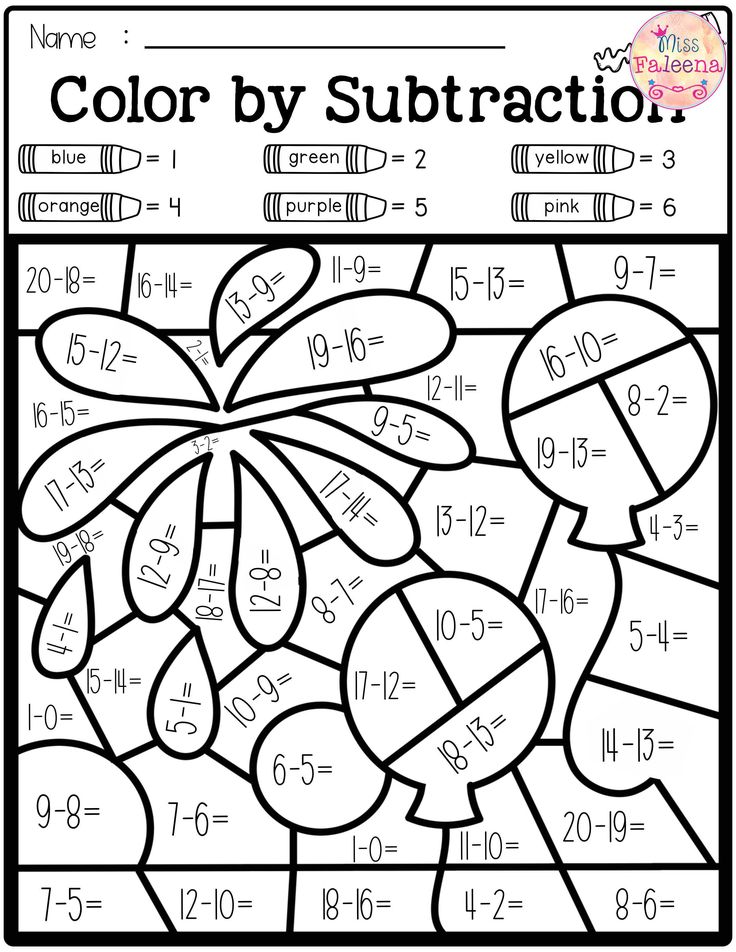 And if it is not at all difficult to teach a child to read, then it is not always easy for children to understand and solve mathematical problems. In order for a first-grader to succeed in mathematics at school, parents either hire a tutor, which is not always financially justified, or try to work with their children on their own. In this material, we will tell you how to pull up a first-grader in mathematics at home, talk about different types of problems and methods for solving them.
And if it is not at all difficult to teach a child to read, then it is not always easy for children to understand and solve mathematical problems. In order for a first-grader to succeed in mathematics at school, parents either hire a tutor, which is not always financially justified, or try to work with their children on their own. In this material, we will tell you how to pull up a first-grader in mathematics at home, talk about different types of problems and methods for solving them.
How to teach a child to count
Parents of first-graders should remember that at the age of 5–7 years, abstract thinking is still poorly developed in children. Remember the tale of Pinocchio, when he counted the apples that “Someone” allegedly took. Similarly, a 5–7-year-old child is not yet able to imagine the condition of the problem.
It is best to use visual aids that the child can see and touch. These can be counting sticks, cubes or pictures cut out of cardboard (for example, a set of cardboard hedgehogs, flowers, leaves, etc.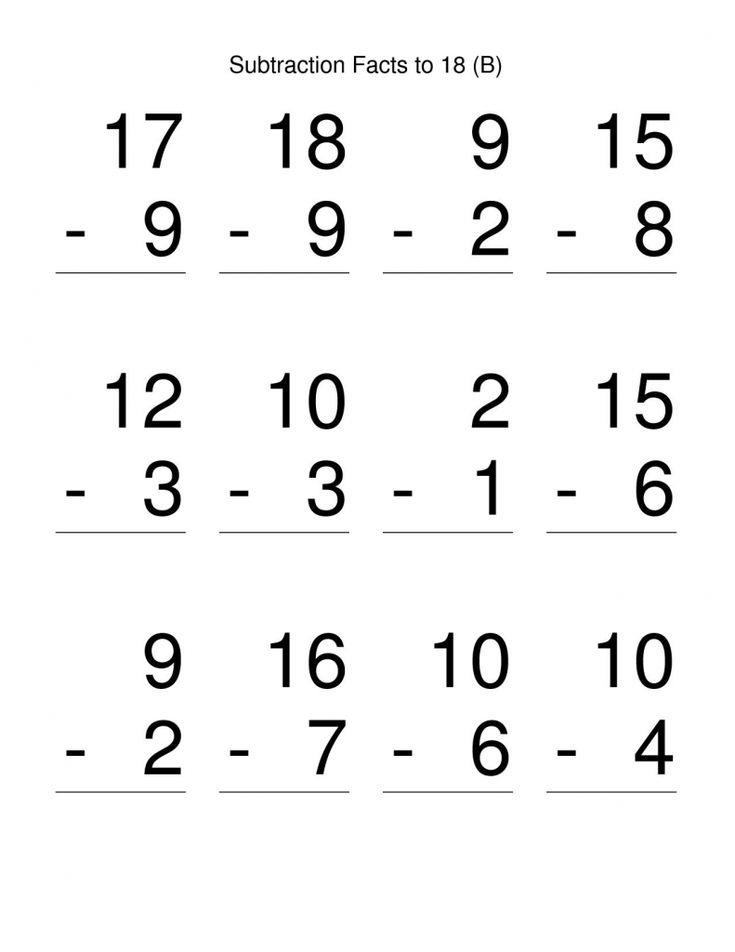 ). Lay out in front of the child the entire condition of the task from visual materials: there was so much, so much was added or taken away. So it will be easier for him to understand the condition of the problem and it will be easier to find its solution.
). Lay out in front of the child the entire condition of the task from visual materials: there was so much, so much was added or taken away. So it will be easier for him to understand the condition of the problem and it will be easier to find its solution.
Another important point in teaching children is that the child must learn to distinguish tasks from each other by type. To do this, you can target it to some keywords. For example, if the task mentions the words "added", "brought", "arrived", "ran" and others denoting joining, then this is an addition problem.
Understanding what type a particular problem belongs to, the child will learn to determine the required solution algorithm and successfully cope with the task.
Addition problems for first graders
As already mentioned, addition problems have a common feature - attachment. Another sign of addition tasks is the phrase “how much” in the task question.
The child must learn to clearly understand that if there is something added to the condition, then he needs to add up the available numbers.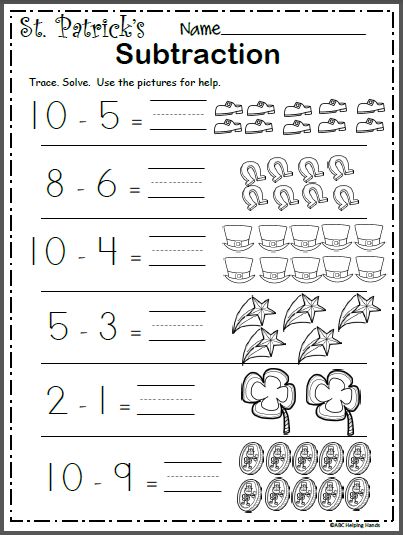 The child must understand what the first term, the second term and the sum are, and be able to find them in the task condition.
The child must understand what the first term, the second term and the sum are, and be able to find them in the task condition.
In order for a child to master mental counting well, he needs to regularly practice mental counting. If you are on vacation, at least once a day, ask him examples to develop memory. You can even study on the way to school or in the section.
Five to ten examples daily will not tire a first-grader too much, but will bring many benefits for his further studies.
Below are addition problems for first graders. For convenience, we have divided them into options, so that when studying at home, you can solve already completed tasks with your child.
Option 1
- Natasha read 5 books during the holidays, and Katya read 4 books. How many books did the children read together during the holidays?
- There were 6 apples on one branch of the apple tree, and 7 on the other. How many apples were there on both branches of the apple tree?
- There are potted flowers on the window in the classroom.
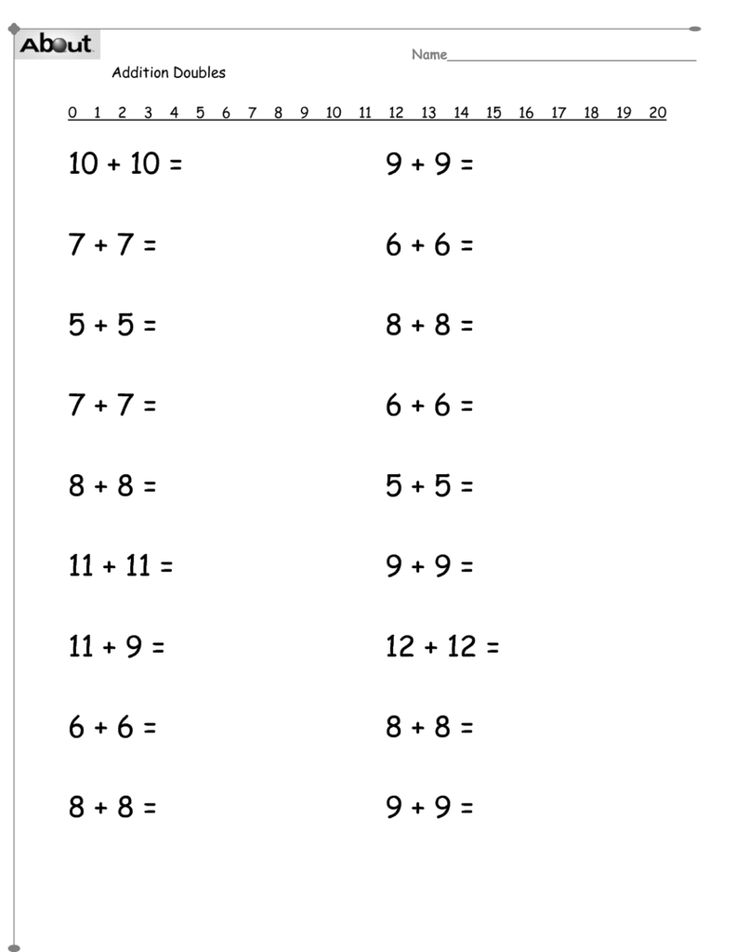 The first window has 2 flowers, the second has 3 flowers, and the third has 1 flower. How many flowers are in the class?
The first window has 2 flowers, the second has 3 flowers, and the third has 1 flower. How many flowers are in the class? - Alyosha's family has 2 boys and 1 girl. Tanya's family has 1 girl and 1 boy. Serezha has 2 boys in the family, and Katya has only 1 girl. How many girls live in the families of all children? And how many boys?
- According to the results of assessments for the 1st quarter in the 1-A class, 10 excellent students, 14 good students and 2 three students. In the 1-B grade - 8 excellent students, 12 good students and 3 three students. And in 1-B - 11 excellent students, 11 good students and 4 three students. How many excellent students, good students and three students in the entire parallel of the first classes?
Option 2
- Natasha is 8 years old, how old will she be in 3 years? In 4 years, in 10 years?
- Nastya liked markers for 18 rubles at the stationery store. She has 10 rubles, 5 rubles, 2 rubles and 1 ruble.
 Will the girl have enough money to buy?
Will the girl have enough money to buy? - 6 girls and 12 boys went for a walk. How many children went out for a walk?
- Sasha has a pack of counting sticks. Of these, 10 are red, 8 are blue and 12 are yellow. How many sticks are in the pack?
- 4 girlfriends and 5 friends came to Polina's birthday party. How many children will sit at the festive table? (here it is important that the child does not forget to count Polina herself, the answer in the problem is 10 children).
Option 3
- Children came to the park and saw birds swimming on the lake: 8 swans and 12 ducks. How many birds were swimming in the lake?
- Children were planting seedlings at school. Petya planted 2 seedlings, Anton planted 3, Natasha and Katya planted 2 seedlings. How many seedlings did the children plant in total?
- There were sweets in a box on the table. Masha ate 5 candies, Alena - 3 candies, Nastya - 6 candies, and Kolya ate 6 candies and the box was empty.
 How many sweets were in the box from the very beginning?
How many sweets were in the box from the very beginning? - There are 20 postcards in Marina's collection. Yulia also has 20 postcards. How many postcards do girls have?
- Seva had 20 marks, he was given another 4 marks. How many stamps did Seva have in total?
Option 4
- Mom planted 20 cucumber bushes and 17 tomato bushes. How many plant bushes did mom plant in total? On Monday, 8 tables were brought to the canteen, on Tuesday - 7 tables, and on Thursday - 10 more. How many tables did the canteen receive in a week?
- Pasha and dad went camping. On the first day they walked 12 km. In the second - 10 km, in the third - 8, and in the fourth - 11. What path did dad and Pasha cover?
- 12 monkeys, 8 tigers, 2 elephants, 6 bears and 4 raccoons live in the zoo. How many animals are in the zoo?
Important! If every day you solve one version of addition tasks with a child, then on the control tests he will show brilliant results.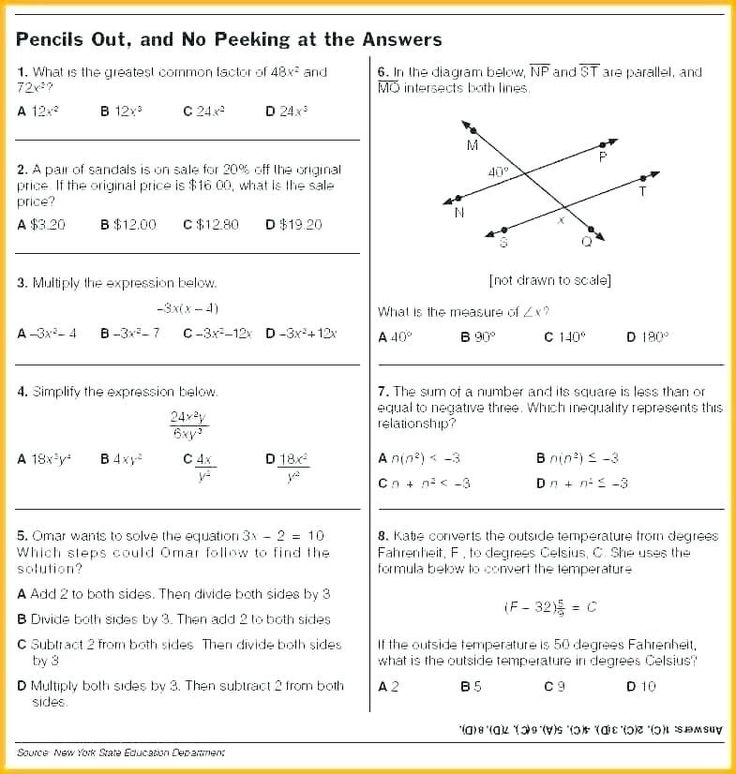
- There are 13 boys and 12 girls in Grade 1-A. There are 12 boys and 15 girls in grade 1-B, and 10 boys and 12 girls in grade 1-C. How many boys and how many girls are there in all first grades?
Subtraction tasks for first graders
Subtraction tasks also have their own characteristics and features. In the condition, you can always find some of the characteristic phrases: “how much is left”, “there were so many, of them ...”, “there were so many, so many left / flew away / ran away / deteriorated, etc.” and others. Here it is also important to understand what the first term, the second term and the sum are, to be able to find them in the task condition, because subtraction problems are the inverse of addition. And the concepts here are slightly different: reduced, subtracted, difference.
Below are subtraction problems for first graders. For convenience, we also divided them into options so that when doing homework, children can solve already completed tasks.
Here there are tasks both for finding the remainder (“how much is left”), and for reducing (“by how much the number has changed”).
Option 1
- Andrei lives on the 7th floor, and Alena 3 floors below. What floor does Alena live on?
- Volodya has 17 cars, but Sasha has none. Volodya gave Sasha 8 cars. How much does he have left?
- Natasha is 12 years old, and her brother Seryozha is 7 years younger. How old is Seryozha?
- There were 10 apple trees in the garden, and 4 less pear trees. How many pears grew in the garden?
- On the first day Mila read 24 pages in the book, and on the second day she read 3 less. How many pages did Mila read on the second day?
Option 2
- Children receive books in the school library. Petya took 8 books, Alyosha took 2 books less than Petya, and Vanya took 3 books more than Alyosha. How many books did each boy take? How many books did they take together?
- There were 25 berries in a vase on the table.
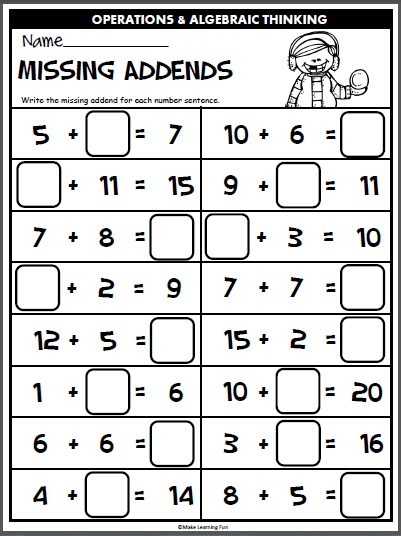 Marina ate 4 berries, Alice ate 6 berries, Mila ate 3 berries, and Katya finished the rest of the berries. How many berries did Marina and Alice eat? Mila and Katya How many berries did Katya eat?
Marina ate 4 berries, Alice ate 6 berries, Mila ate 3 berries, and Katya finished the rest of the berries. How many berries did Marina and Alice eat? Mila and Katya How many berries did Katya eat? - There were 10 plates on the table and 6 less in the sink. How many dishes were in the sink?
- Serezha is 15 years old, his sister Larisa is 4 years younger. And the youngest brother Boris is 7 years younger than Larisa. How old are Larisa and Boris?
- Mom planted 30 cucumber bushes, 17 bushes sprouted. How many cucumber bushes were lost in total?
Option 3
- The children went to the forest for mushrooms. Dima found 10 russula and 7 white mushrooms. Tanya found 3 less russula and 2 less white ones. How many and what kind of mushrooms did Tanya find?
- The first house has 12 entrances, the second house has 4 entrances less than the first one. And in the third house there are 6 entrances less than in the first. How many entrances are in each of the houses?
- There are 23 apples in the first basket, and 11 less apples in the second.
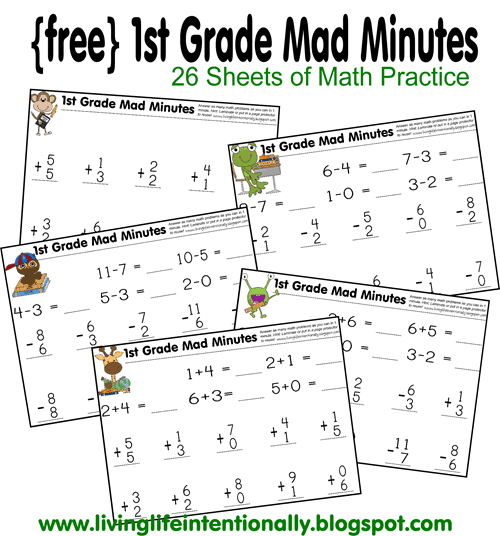 How many apples are in both baskets?
How many apples are in both baskets? - 12 girls took part in the performance, and 3 less boys. How many boys were in the play?
- There are 15 roses in one vase and 8 less in another. How many roses are in the second vase?
Option 4
- Sweets cost 30 rubles, and bread is 15 rubles cheaper. How much does bread cost?
- Grandmother baked pies. With potatoes 30 pieces, with jam 10 less than with potatoes, and with cabbage 5 less than with potatoes. How many and what kind of pies did grandma bake?
- There were 20 men on the bus. There were 5 fewer women than men, and 7 fewer children than women. How many people were on the bus in total?
- Children receive books in the school library. Sasha took 5 books, Misha took 2 books less than Sasha, and Serezha took 2 books more than Misha. How many books did each boy take? How many books did they take together?
- 20 buckets of water were used to water the garden.
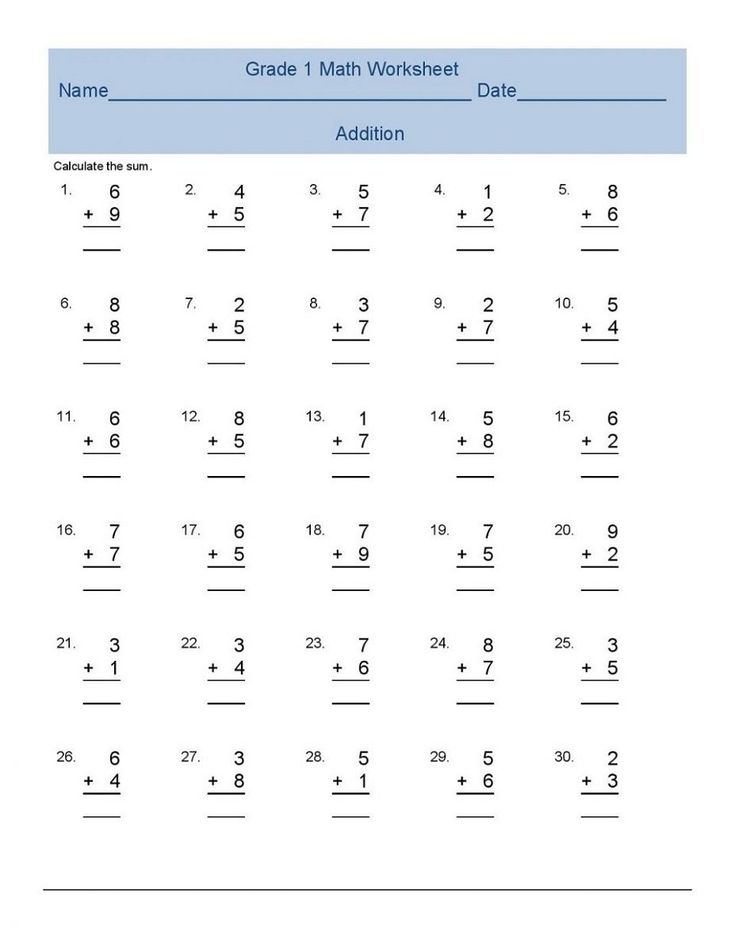 12 buckets went to the beds with cabbage. How much went to the beds with carrots?
12 buckets went to the beds with cabbage. How much went to the beds with carrots?
Comparison tasks for first graders
- Comparison tasks are aimed at finding any number that is smaller or larger than the original one. In principle, to some extent they can be attributed to addition or subtraction tasks, so we decided not to describe these tasks by options, but to give several similar examples:
- There were 10 cats sitting on the roof: 7 black and 3 grey. How many more black cats than gray ones?
- In the village, my grandmother has chickens and ducks. There are 18 chickens and 15 ducks. How many more chickens than ducks.
- Tanya has 3 dolls, and Dina has 4 more. How many dolls does Dina have? How many dolls does Tanya have less?
- Marina is 14 and Misha is 9. How many years is Marina older than Misha?
- There are 8 cars in the garage. Of these, 3 trucks and 5 cars. How many fewer trucks than cars?
- Dima was presented with gifts for his birthday.
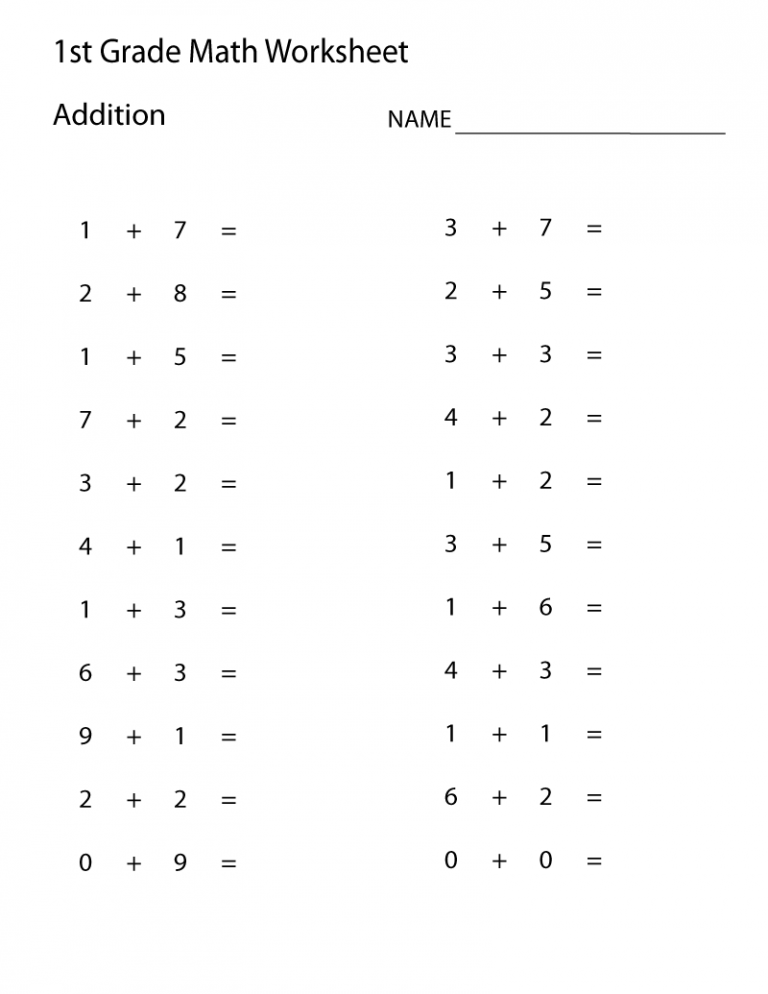 First, mom and dad gave 2 gifts, then friends brought 5 gifts. How many more gifts did Dima have?
First, mom and dad gave 2 gifts, then friends brought 5 gifts. How many more gifts did Dima have? - On the first day of vacation, Yura solved 5 problems, on the second - 7, and on the third - 2. How many more problems did Yura solve on the second day?
- How many tasks less than the first did Yura solve on the third day? And how many fewer problems did he solve on the third day than on the second?
- Sonya had 3 oranges and 10 apples. How many more apples than oranges?
- Olya has 3 hares and 2 squirrels. Mila has 5 dolls and 1 bear. Who has more toys and by how many?
- Cows were grazing in the meadow. 7 goats came to them and in total there were 15 animals in the meadow. How many cows were there?
Logic tasks for first graders
Articles with recommendations from teachers and lists of exercises and tasks have already been devoted to the development of logical thinking. Here we present several logical tasks that will allow not only to develop, but also to train the logic of first graders.
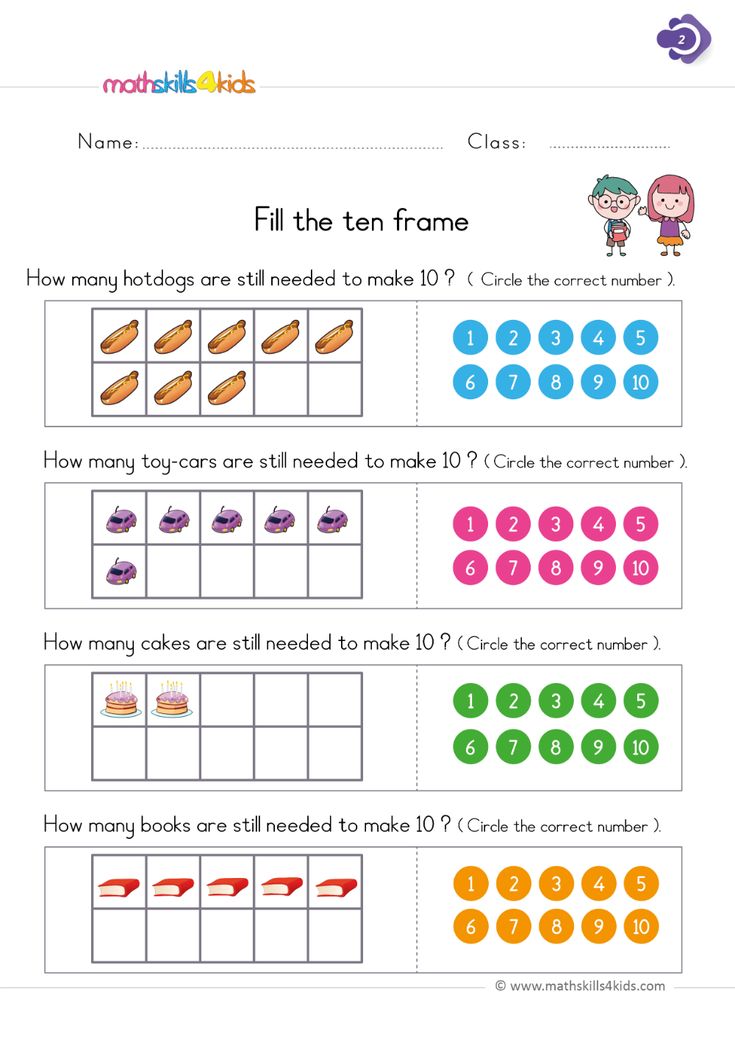
- Which is easier? A kilogram of cotton wool or a kilogram of nails? Tea, compote and cocoa were poured into a glass, mug and cup. There is no cocoa in the mug. There is no cocoa in the cup, and no compote. What was poured into what?
- How many fingers are on 3 hands?
- How many paws do 4 cats have?
- How many hands do 10 children have?
- Lena and Misha saw 2 ships in the sea. How many ships did each of the children see?
- Kitten tails sticking out from under the bed. How many kittens are there if 7 tails are visible?
- Dogs hid behind the fence. You can see 12 paws from under the fence, how many dogs are behind the fence?
- There are 5 peaches and 8 pears on the table. How many apples and plums will there be in total?
- There are 2 glasses of milk on the table. Petya drank the milk and put the camp on the table. How many glasses are on the table?
- Vanya left the school. 3 girls walked towards him.
 How many children left school?
How many children left school? - Seven first graders went from home to school: Petya, Masha, Liza, Grisha, Tolya, Misha and Larisa, and 4 second graders: Seryozha, Tanya, Mila and Vanya. How many girls went to school?
- To get into the theater 2 daughters and 2 mothers needed 3 tickets. How could this happen?
- Misha is 2 years older than Lena. How much older will he be than Len in 5 years?
- Lena and Milana planted 10 flowers each and finished the work at the same time. Milana started work earlier. Which of the girls worked slower?
Instead of a conclusion
The mathematical development of first-graders is of great importance in their education. By solving examples and problems, the child acquires new experience, knowledge and skills. Learns to think logically and mathematically, find solutions from various situations, more successfully master related sciences in further studies.
Children's progress should not be left to chance, and every effort should be made to help them in this difficult task, like studying in the first grade.

